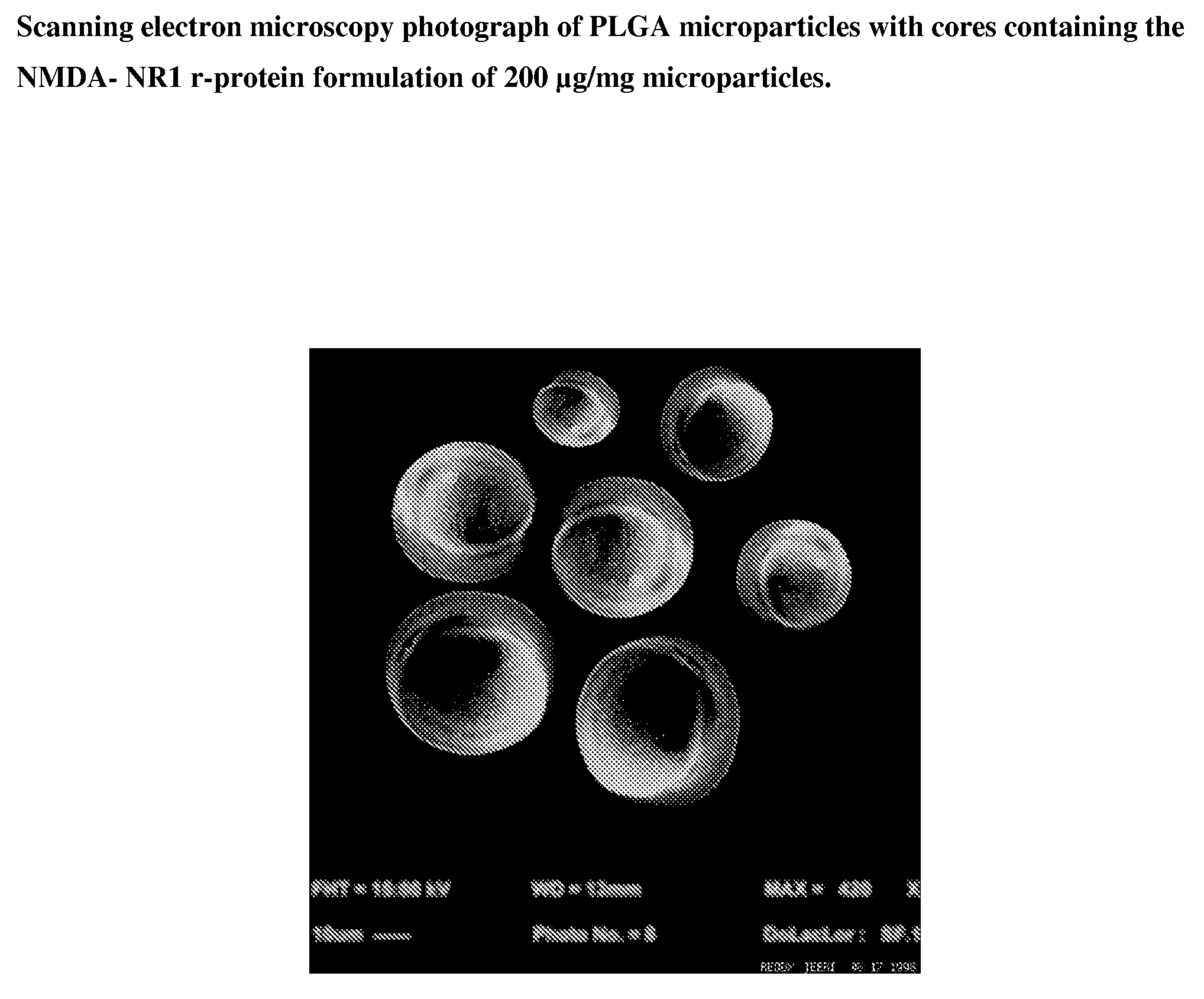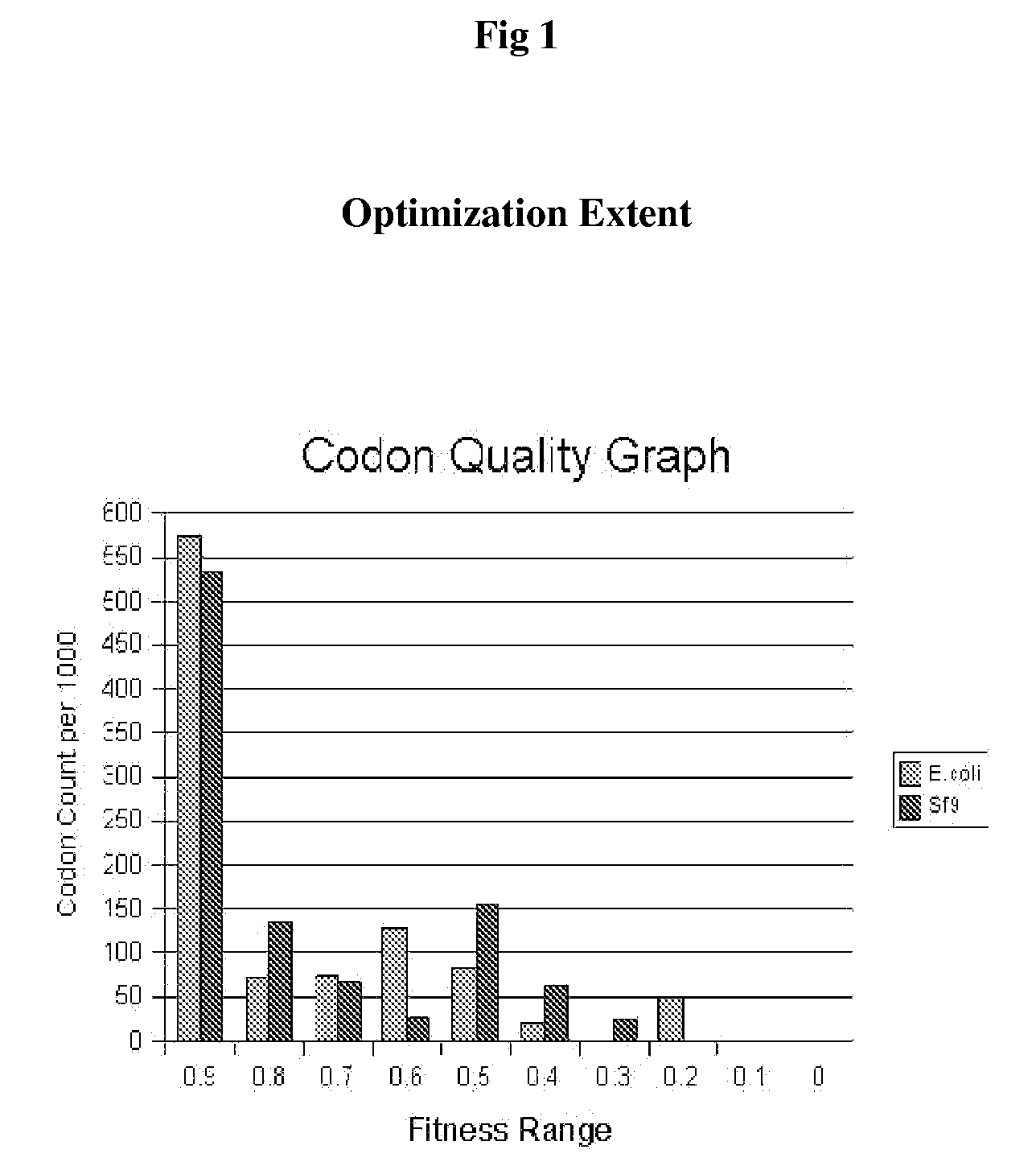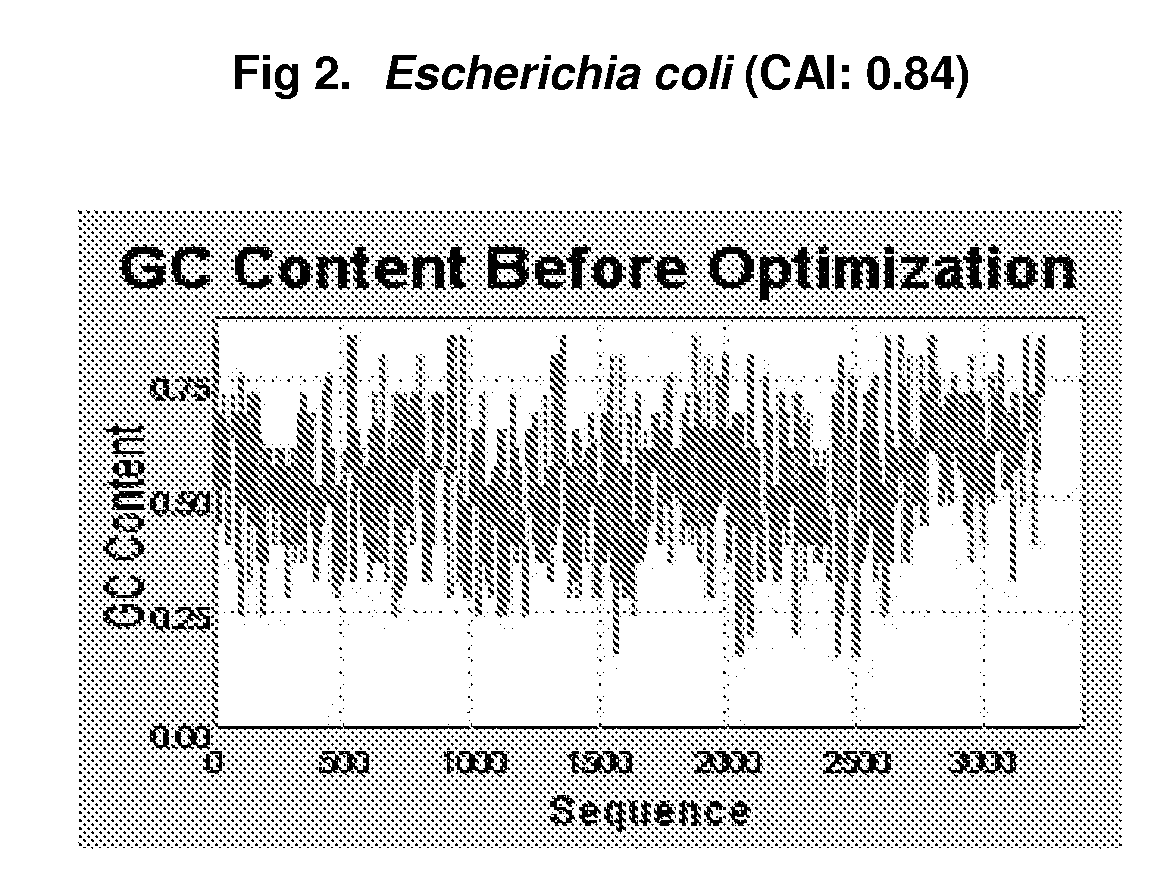Preventive And Therapeutic Vaccine For Huntington's Disease
a vaccine and hunting disease technology, applied in the field of neurological disorders, can solve the problems of insufficient nmdar function, affecting the survival rate of patients, and most clinical trials involving nmdar antagonists have failed, and achieve long-lasting and stable antigen-specific serum antibody response, selective and effective
- Summary
- Abstract
- Description
- Claims
- Application Information
AI Technical Summary
Benefits of technology
Problems solved by technology
Method used
Image
Examples
example 1
[0120]Plasmid Construction: To develop NMDA-NR1 DNA vaccine, the NR1 gene of NMDA was amplified by PCR and was cloned into the EcoRI / BamHI sites of plasmid vector pCMV-MCS (Invitrogen Life Technologies).
[0121]Cloning: Cloning of full length cDNA for the NR1 subunit of the N-methyl-D-aspartate (NMDA) receptor into the pAAV-MCS vector (FIG. 5).
[0122]Materials: The clone containing full length cDNA for NMDA was purchased from Invitrogen (Clone ID 19600412110003). The pAAV-MCS vector was purchased from Stratagene (Cat# 240071). The vector contains the CMV promoter and other elements for high-level gene expression in mammalian cells when a gene of interest is cloned into the multiple-cloning site (MCS). The vector contains AAV-2 inverted terminal repeats (ITRs), which direct viral replication and packaging. The vector also contains pUC origin of replication (pUC ori) for propagation in E. coli to use as a DNA vaccine.
[0123]The primers were synthesized at Biosource as follows:
PCR Primers:...
PUM
| Property | Measurement | Unit |
|---|---|---|
| sizes | aaaaa | aaaaa |
| pH | aaaaa | aaaaa |
| temperatures | aaaaa | aaaaa |
Abstract
Description
Claims
Application Information
 Login to View More
Login to View More - R&D
- Intellectual Property
- Life Sciences
- Materials
- Tech Scout
- Unparalleled Data Quality
- Higher Quality Content
- 60% Fewer Hallucinations
Browse by: Latest US Patents, China's latest patents, Technical Efficacy Thesaurus, Application Domain, Technology Topic, Popular Technical Reports.
© 2025 PatSnap. All rights reserved.Legal|Privacy policy|Modern Slavery Act Transparency Statement|Sitemap|About US| Contact US: help@patsnap.com



